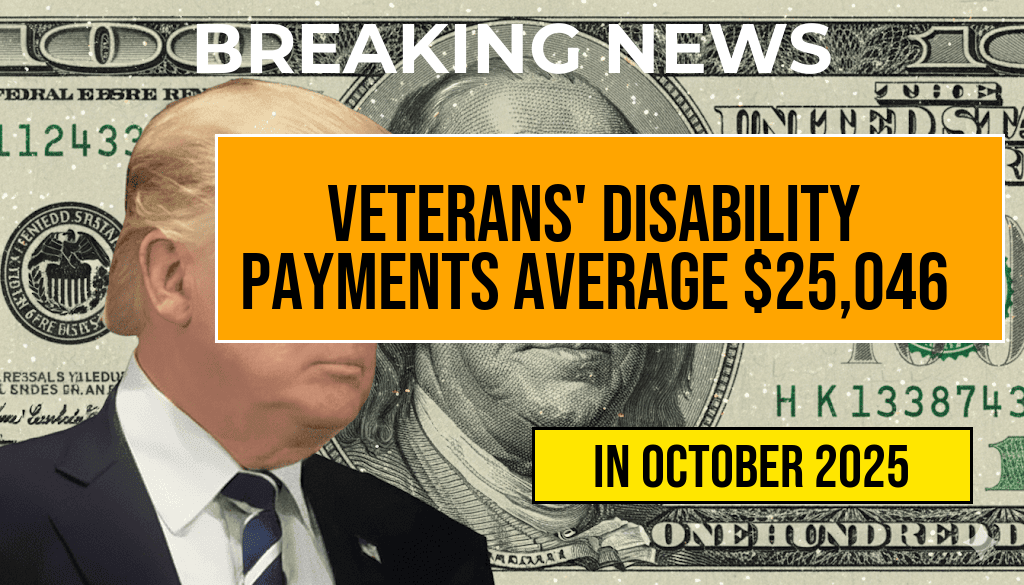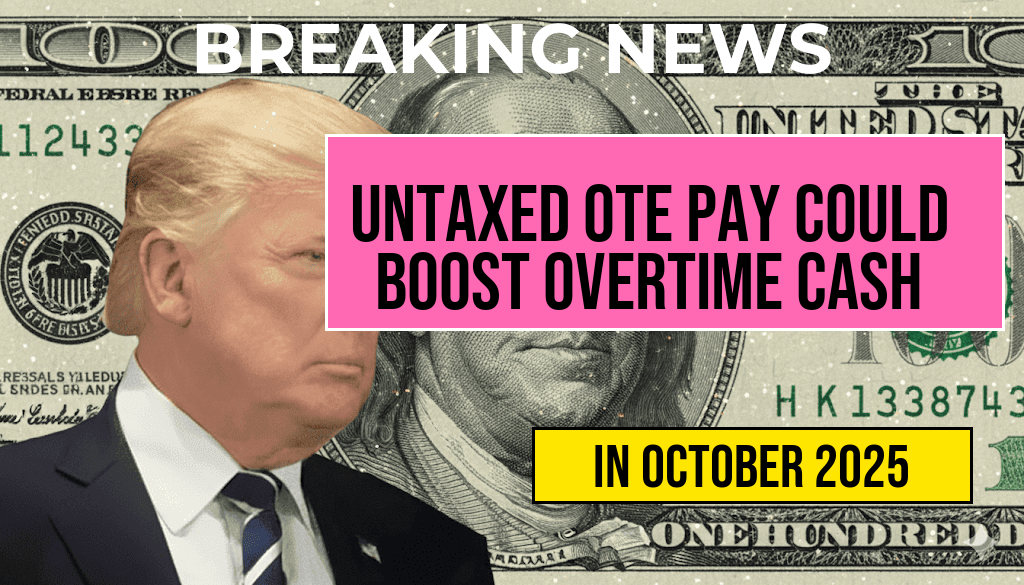Veterans’ disability payments have become a crucial aspect of financial support for those who have served in the U.S. military. On average, these payments amount to $25,046 annually, providing vital assistance to veterans dealing with service-related disabilities. However, many veterans may be unaware of their eligibility for specific benefits or whether they are receiving the appropriate amount. As the U.S. Department of Veterans Affairs (VA) continues to enhance its programs, understanding how these disability payments are determined and what factors influence them is essential for veterans and their families. This article explores the nuances of veterans’ disability payments, including average amounts, eligibility criteria, and the importance of reviewing your benefits.
Understanding Veterans’ Disability Payments
Veterans’ disability compensation is designed to assist those who have suffered injuries or illnesses connected to their military service. The VA calculates these payments based on the severity of the disability and the veteran’s overall service record. The average payment of $25,046 reflects various factors, including the type of disability and the veteran’s dependent status.
What Determines the Amount of Disability Payments?
- Disability Rating: The VA assigns a disability rating ranging from 0% to 100%, which directly impacts payment amounts. Higher ratings correspond to higher compensation.
- Dependent Status: Veterans with dependents may receive additional payments. The VA considers spouses, children, and dependent parents when calculating benefits.
- Cost-of-Living Adjustments (COLA): Payments may increase annually based on inflation and other economic factors.
Are You Receiving the Right Amount?
Many veterans may not realize they qualify for higher compensation or additional benefits. If your current disability payment is significantly lower than the average, it may be worth reviewing your eligibility or filing for an increase. Here are steps to consider:
Steps to Review Your Benefits
- Gather Documentation: Collect all relevant medical records, service records, and any previous VA decisions.
- Understand Your Disability Rating: Check your rating decision letter from the VA to understand how your rating was determined.
- File for Reevaluation: If you believe your condition has worsened or if you were not rated correctly, you can request a reevaluation.
Common Misunderstandings About Disability Payments
There are several misconceptions surrounding veterans’ disability payments that can hinder a veteran’s ability to receive the full benefits they deserve:
- “You can’t appeal a rating decision.” Many veterans think that once the VA makes a decision, it is final. However, veterans have the right to appeal if they believe their rating is incorrect.
- “All disabilities are rated the same.” Each disability is unique, and the VA uses a complex formula to rate them individually, leading to different compensation amounts.
- “Dependent benefits are automatic.” While many veterans qualify for additional compensation due to dependents, they must officially notify the VA to receive these benefits.
Resources for Veterans
Understanding your rights and benefits as a veteran is crucial. Several resources can help you navigate the complexities of disability payments:
- U.S. Department of Veterans Affairs – Official resource for information on disability compensation and benefits.
- National Association of County Veterans Service Officers – Provides assistance with claims and benefits.
- Military.com – Offers a comprehensive overview of veterans’ benefits.
Conclusion
The average veterans’ disability payment of $25,046 serves as an essential lifeline for many who have served. However, ensuring you receive the correct amount is crucial for financial stability. By taking the time to review your benefits and exploring available resources, you can better understand your entitlements and address any discrepancies in your compensation. If you suspect your payments may be lower than they should be, consider reaching out to a qualified veterans’ service officer for assistance.
Frequently Asked Questions
What are Veterans’ Disability Payments?
Veterans’ Disability Payments are financial benefits provided to eligible veterans who have incurred disabilities as a result of their military service. These payments are designed to support veterans in their transition to civilian life and to help cover their medical and living expenses.
How is the average amount of $25,046 for Veterans’ Disability Payments determined?
The average amount of $25,046 for Veterans’ Disability Payments is determined based on various factors, including the severity of the disability, the veteran’s service record, and any additional dependents. The amount can vary significantly depending on individual circumstances.
Am I eligible for Veterans’ Disability Payments?
Eligibility for Veterans’ Disability Payments typically requires that a veteran has a service-connected disability rating from the Department of Veterans Affairs (VA). To determine eligibility, veterans should review their service records and consult the VA’s guidelines.
How can I apply for Veterans’ Disability Payments?
Veterans can apply for Veterans’ Disability Payments through the VA’s website or by visiting a local VA office. The application process involves submitting a claim that includes medical evidence of the disability and any relevant service records.
What should I do if I think my Veterans’ Disability Payments are incorrect?
If you believe your Veterans’ Disability Payments are incorrect, you can file an appeal with the VA. It is important to gather any necessary documentation that supports your case and to follow the VA’s procedures for addressing disputes regarding payment amounts.







